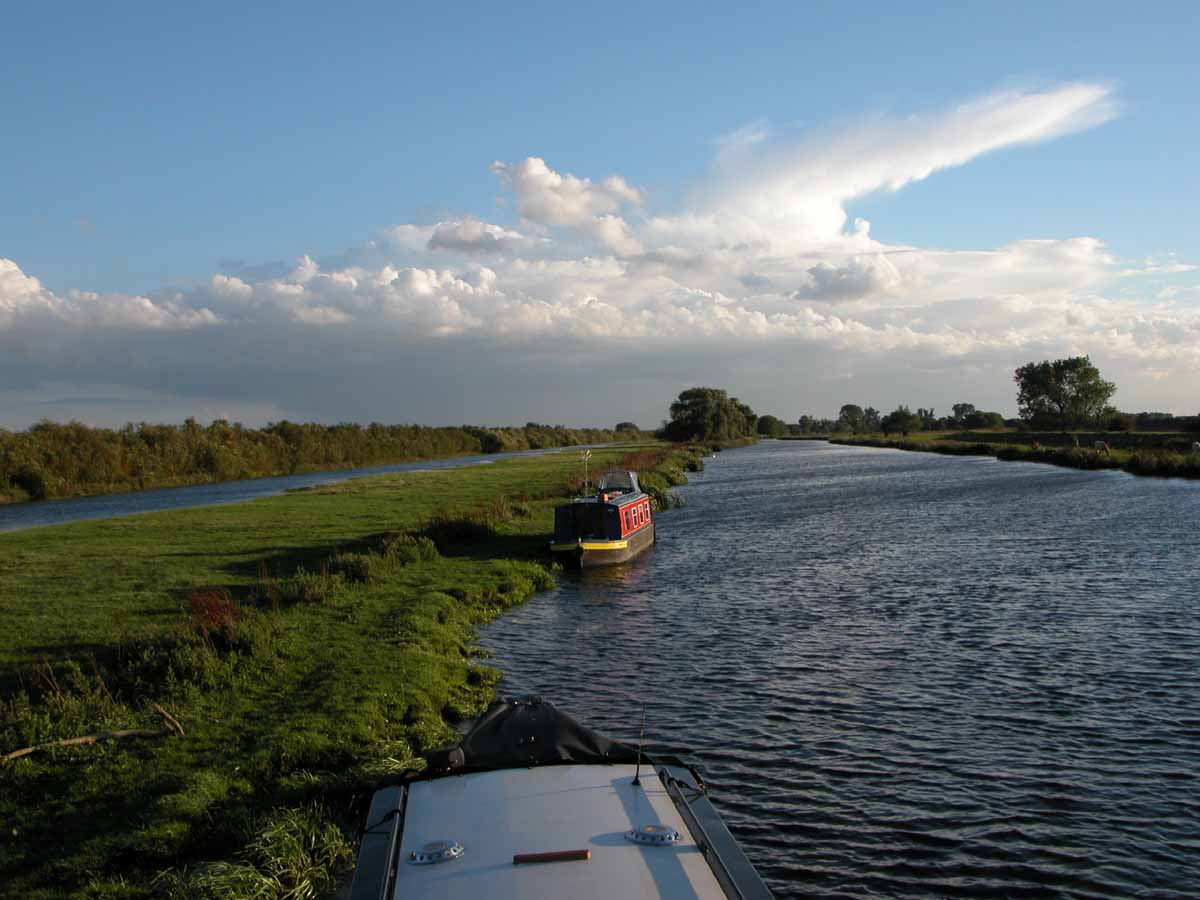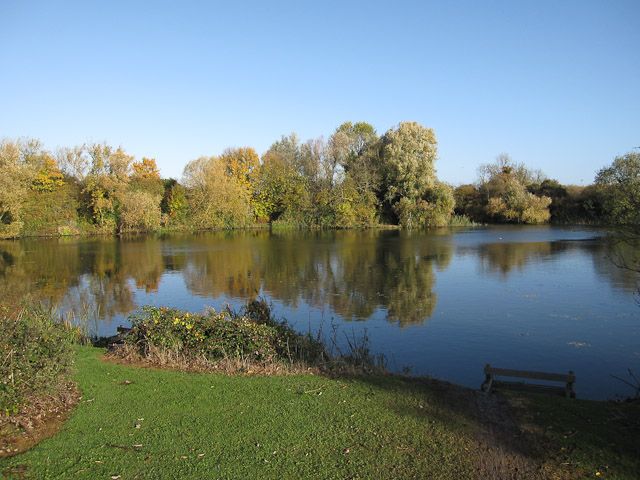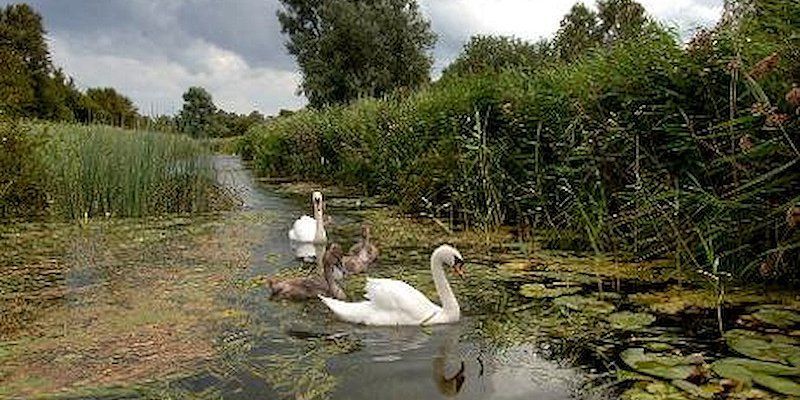Local Nature Reserves are just as important in supporting our resident wildlife, and for people for people to enjoy the health and wellbeing benefits of being in nature. Isleham Local Nature Reserve is a living green space where you can study and learn about wildlife. A disused railway line, closed in the 60’s, it’s free of charge and open to the public. In spring/summer you’ll find wildflowers such as St John's wort, wild marjoram, salad burnet and bladder campion along with many butterflies including the common blue, small heath, ringlets, commas, meadow browns and peacocks. In the latter part of the year, you’ll spot birds such as sky larks, yellow hammer and bullfinch.




